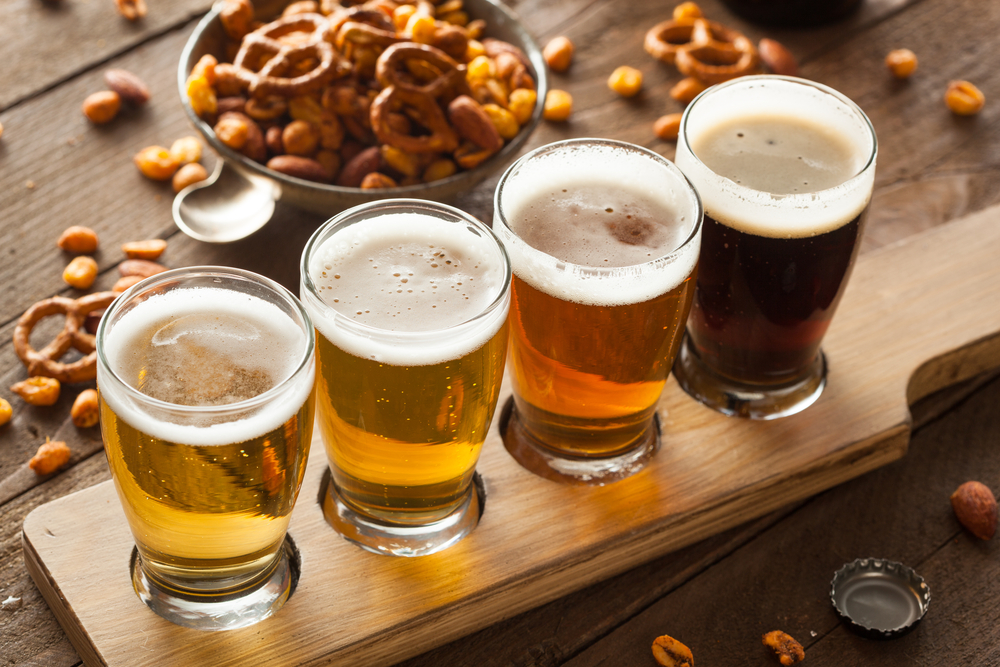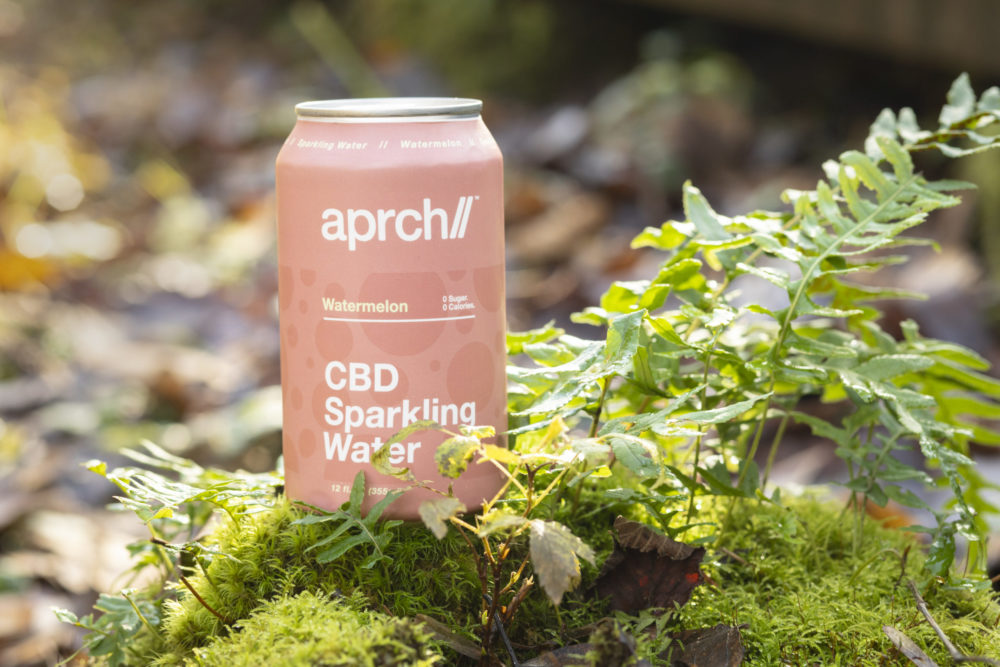SōRSE News & Blog
Home > News/Blog
More results...
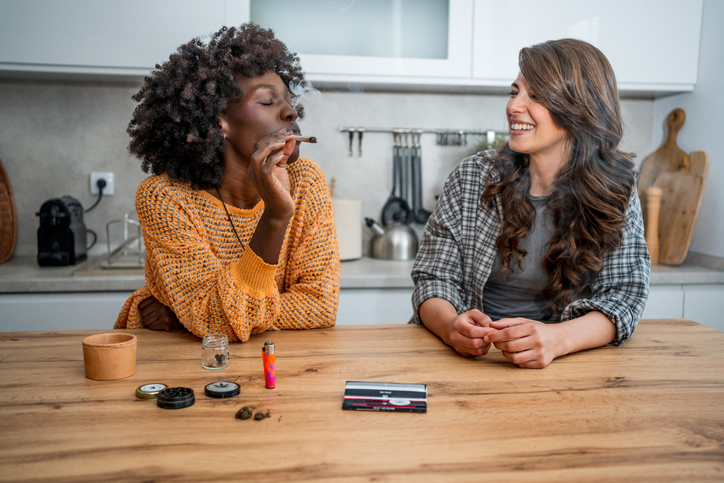
Moving towards a kaleidescopic entourage effect in cannabis beverages
If you came to cannabis from smoking and later tried a cannabis beverage, you probably noticed a real difference in how it hits. The effects of smoking feel layered, almost kaleidoscopic–an “entourage effect” of sensations. And while most THC beverages…
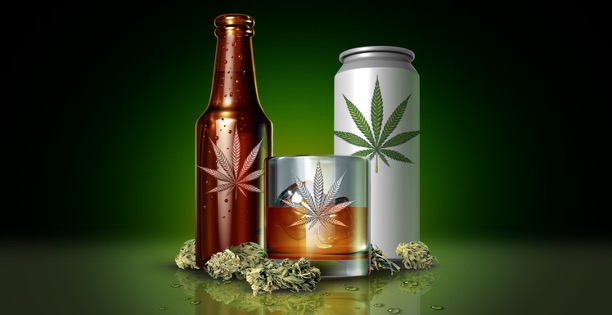
Developing a cannabis beverage? Follow these three pro tips
We live in a very exciting time, when the cannabis beverage market is quickly becoming the next frontier for established alcohol brands. What used to be fringe is now going mainstream. Cannabis products are legal in more markets than ever,…

Four reasons to consider specific gravity weight in your cannabis beverage
For both traditional beverage manufacturers and cannabis brands just getting into drink formulation, there is one aspect of beverage formulation that too often goes unnoticed: its density or specific gravity (SpG). If your brand is getting into cannabis drink production,…
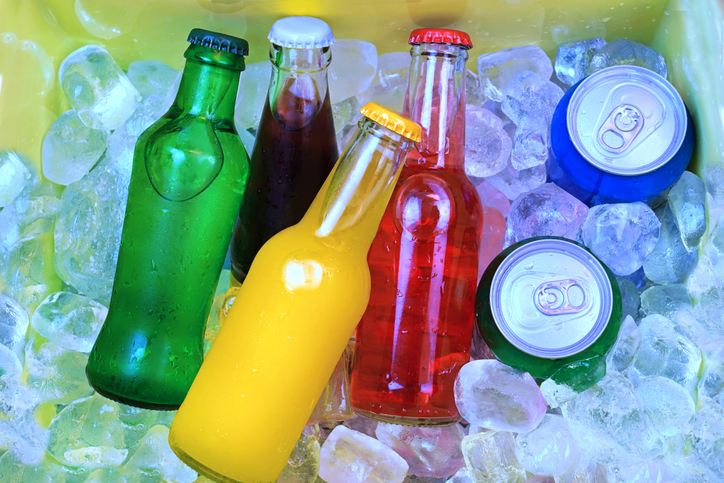
Why the cannabis beverage industry must standardize predictable onset times
“Alcohol use is declining. THC is swooping in” reads the title of a piece posted by CNN in May of this year. In one section of the article, the author states, “The time is right for a THC beverage boom.…

Why the cannabis beverage market is poised for growth
The cannabis industry is no stranger to evolution, but perhaps no segment is experiencing as rapid and dynamic a transformation as cannabis-infused beverages. Once a niche offering just a few years ago, these drinkables have quickly lost their novelty status…

5 Common Mistakes Made When Entering Into the Cannabis Market
Know the common pitfalls before entering the cannabis market
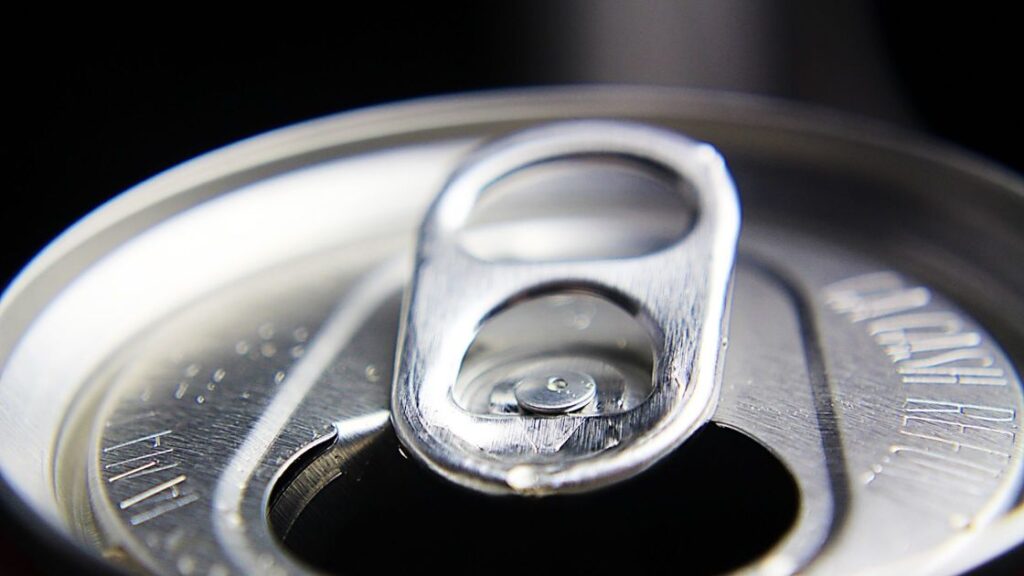
The Challenge of Scalping in Infused Beverages (and How to Mitigate It)
Learn what scalping in beverages is and how to mitigate it.








